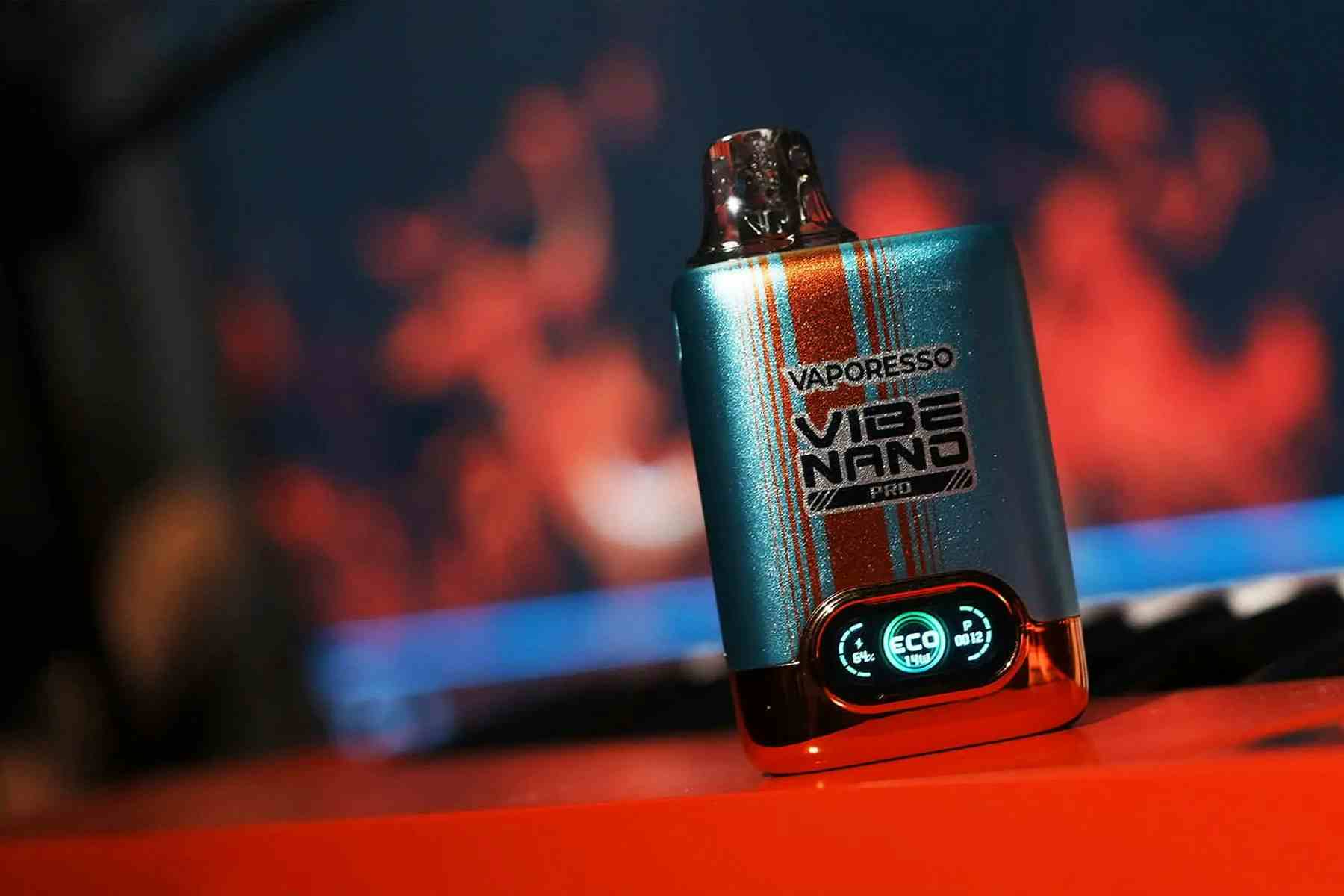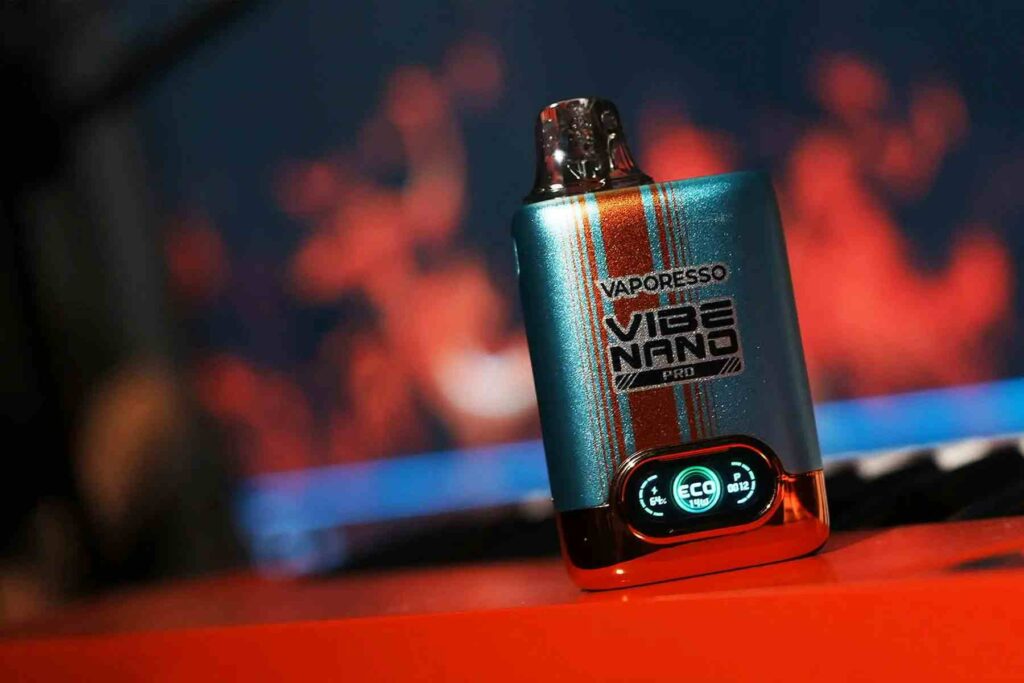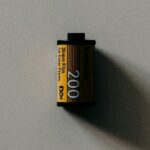Introduction to Vape Firing Methods
The vaping industry has undergone significant advancements with the evolution of various vaping devices. One key factor influencing the vaping experience is the firing method employed by these devices. This article delves into the different vape firing methods, analyzing their unique characteristics, user experiences, and how they compare to competing products.
Direct Output vs. Constant Voltage
Vape devices generally operate on two primary firing methods: direct output and constant voltage. Direct output devices deliver power directly from the battery to the atomizer, resulting in a variable voltage output that fluctuates with the battery charge. In contrast, constant voltage devices maintain a steady voltage level, ensuring consistent performance regardless of battery life.

Users of direct output devices often appreciate the rich flavor and potent vapor production, especially when freshly charged. However, as the battery depletes, the vaping experience may diminish, leading to varied flavor and vapor quality. Constant voltage devices, on the other hand, guarantee a more uniform experience, though some users report that this consistency can limit the richness of flavor when compared to direct output devices.
Temperature Control Technology
Another firing method gaining traction is temperature control (TC) technology. TC devices allow users to set a specific temperature, preventing dry hits and ensuring optimal vapor production. This method is particularly attractive to seasoned vapers who prefer a tailored experience.
Users frequently highlight TC’s capability to enhance the flavor profile of e-liquids. Additionally, it reduces the risk of overheating, promoting a smoother puff. However, TC devices require meticulous coil builds and settings, making them less suitable for beginners who may find the technology intimidating.
Comparative Analysis with Competing Products
When contrasting these firing methods with traditional devices, the advancements become clear. Traditional devices lack the sophistication of temperature control and often limit user flexibility. Competitors that focus on direct output or constant voltage may appeal to specific demographics, but they often miss the nuanced experience provided by TC devices.
Pros and Cons of Different Firing Methods
Each method has its pros and cons.
Pros:
– Direct Output: Potent vapor production and rich flavor when battery is full.
– Constant Voltage: Consistency in performance regardless of battery charge.
– Temperature Control: Customizable experience and reduced risk of dry hits.
Cons:
– Direct Output: Decreasing performance as battery depletes.
– Constant Voltage: Potential limitations in flavor richness.
– Temperature Control: Complex settings that may deter beginners.
Target User Demographics
Identifying the target user demographic is crucial when recommending a vaporizers based on firing methods.
– Direct Output Users: Typically appeal to cloud chasers and users who prioritize intense flavor and vapor production.
– Constant Voltage Users: Generally attract casual vapers looking for a convenient and reliable experience.
– Temperature Control Enthusiasts: Often seasoned vapers seeking customization and advanced flavor experiences.
Conclusion
Understanding the various vape firing methods is essential for consumers seeking an enhanced vaping experience. Each method offers distinct advantages and drawbacks, catering to different user preferences. As technological advancements continue, we can expect even richer user experiences across the vaping landscape, driven by ongoing innovations in firing methods.





